what is the ohm’s law?
what is the ohm’s law? Before starting studying the ohm’s law lets study about certain rule for electric circuits that are always true, no matter what components are connected in a circuit.
- When the components are connected in parallel, the voltage across them will be same while current will be divided.
- When the components are connected in series, the current through them will be same while voltage will be divided.
- When same voltage is applied across the both terminals of a component then no current will flow through it.
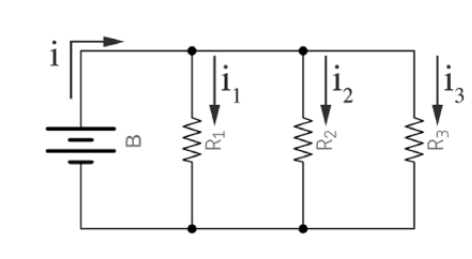
Resistors connected in parallel
In the above figure three resistors are connected in parallel as all terminals of resistors are tied to one positive terminal of the battery and the others are connected to the negative terminal of the battery. If all these resistors have same resistance value, then equal amount of potential will be developed across them and the current through each resistor will be equal to one third of the total current.
So
IT=I1+I2+I3
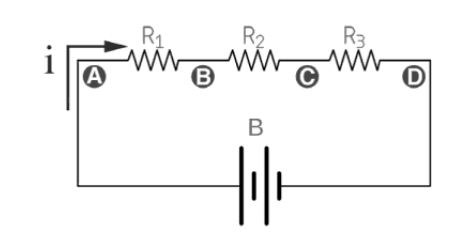
Resistors connected in series
In the above figure, the resistors are connected in series. If all resistors will have same value then equal amount of voltage will be developed across each resistor and that will be equal to 1/3 of the actual voltages. While same current will flow across each resistor and it will be equal to the total current of the circuit.
If resistors are of different values then different amount of voltage will develop across each resistor that can be determined using ohm’s law.
First ohm’s Law
First ohm’s law states that the current flowing through two ends of a conductor is directly proportional to the voltages across two points of it and it is given as
V=IR
where V is the voltage or potential difference across both points of a conductor
I is the current flowing through the conductor
R is the proportionality constant.
This law is applicable while keeping the temperature constant.
Second ohm’s Law
Second ohm’s law is associated with the dimensionality of a conductor and it states that the resistance of a homogeneous conductor of a constant areas is directly proportional to its length and inversely to the area of its cross section.
R=pL/A
where p is the resistivity of a material
A is the cross section area of a conductor
L is the length of a conductor
Example of ohm’s law for solving a circuit
consider the following circuit
Find the current flowing through R1, R2, and R3
Find the voltage drop across R1
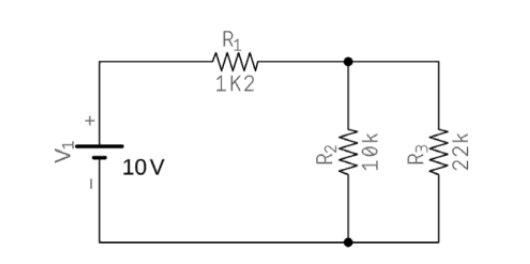
Solution:
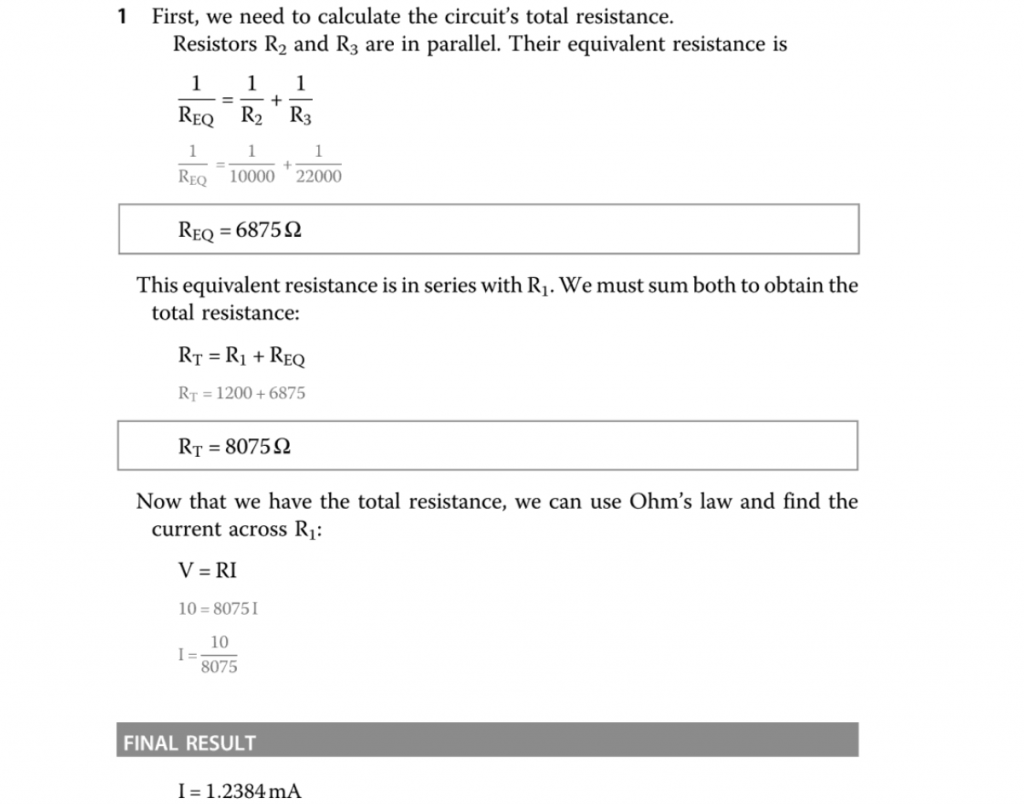
Color coding scheme of a resistor
| Color | Number |
| Black | 0 |
| Brown | 1 |
| Red | 2 |
| orange | 3 |
| Yellow | 4 |
| Green | 5 |
| Blue | 6 |
| Violet | 7 |
| Gray | 8 |
| White | 9 |
Color coding scheme with tolerance bands
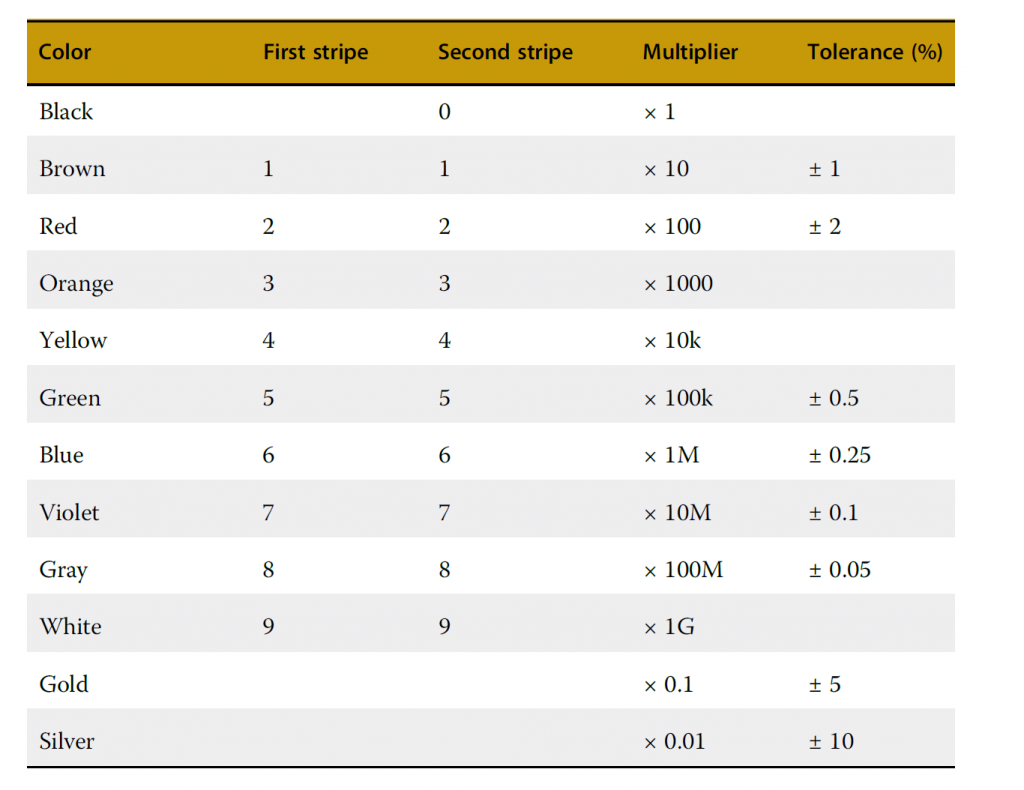
Also read here
https://eevibes.com/electronics/electronic-circuits/what-is-the-thevenins-theorem/